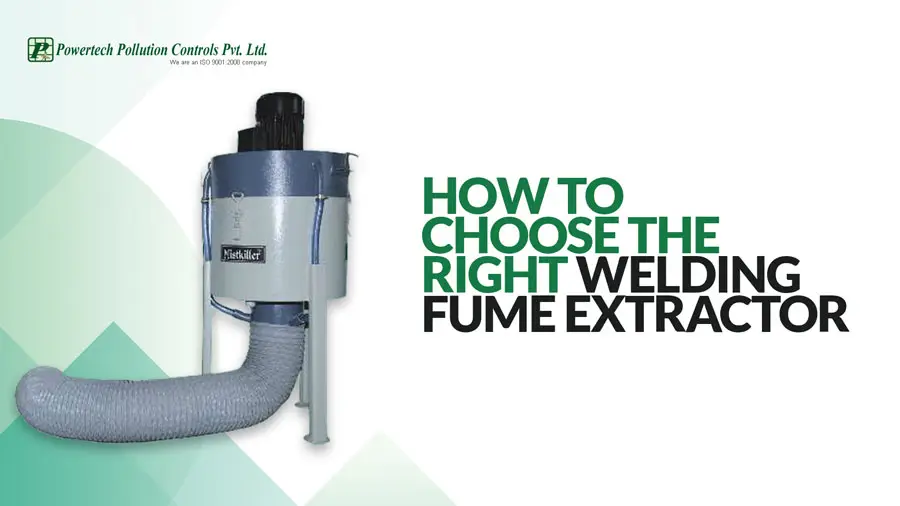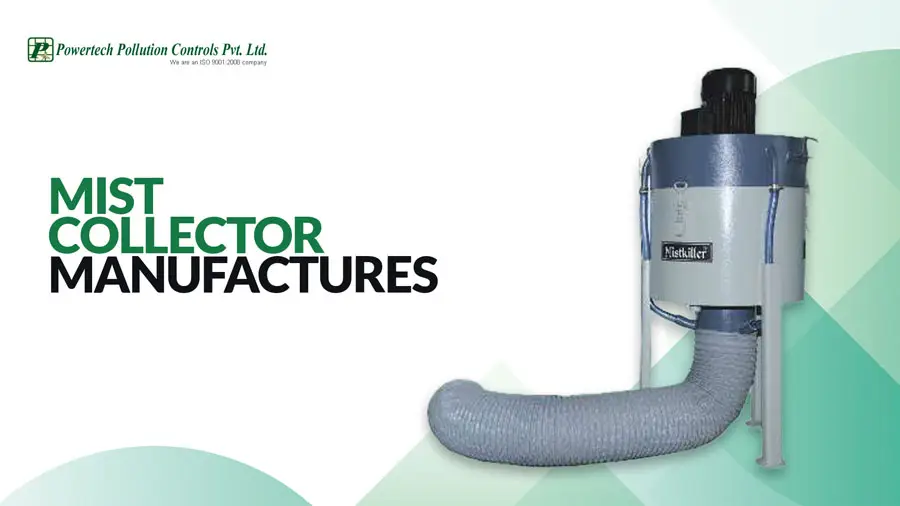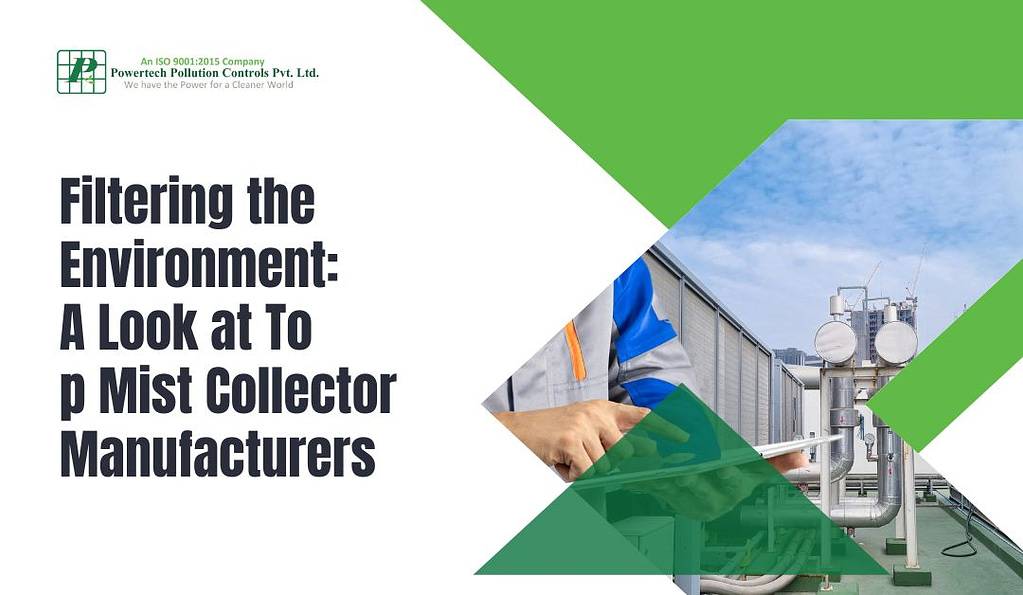Welding Fume Extractor Manufacturers: Your Guide to Choosing the Right Solution
Introduction:
Welding is an essential process in many industries, but it comes with a significant health hazard – welding fumes. These fumes are a complex mixture of particles and gases that can be harmful when inhaled, potentially leading to serious respiratory problems. To protect the health and safety of welders, investing in a welding fume extractor is crucial. With numerous welding fume extractor manufacturers on the market, finding the right one for your needs can be challenging. This comprehensive guide will walk you through the essential factors to consider when selecting a welding fume extractor that suits your requirements.
This comprehensive guide will delve into the intricacies of selecting the right welding fume extractor for your needs. With numerous welding fume extractor manufacturers in the market, it’s essential to make an informed decision to safeguard the health and safety of your workforce.
1. Understanding the Importance of Welding Fume Extraction
Before delving into the selection process, it’s crucial to understand why welding fume extraction is so vital. Welding generates fumes that contain harmful particulates and gases, posing serious health risks to welders. These risks include respiratory problems, eye irritation, and long-term health issues. Regulatory agencies have established strict guidelines and standards for fume extraction in welding operations to mitigate these risks.

Benefits of Using a Welding Fume Extractor
Investing in a welding fume extractor goes beyond legal compliance; it also brings several benefits to your welding operation:
- Health Protection: A welding fume extractor’s primary purpose is to protect your welders’ health. By removing harmful fumes from the air, you reduce the risk of respiratory illnesses and other health problems.
- Improved Air Quality: Clean air in your workspace improves overall air quality, making the environment more comfortable and productive for your workers.
- Increased Productivity: Welders can work more efficiently in a clean and well-ventilated environment, improving productivity and output.
- Cost Savings: While there is an initial investment in purchasing a fume extractor, it can lead to cost savings in the long run by reducing healthcare expenses, downtime due to illness, and potential legal fees for non-compliance.
Now that we’ve established the importance of welding fume extraction let’s explore the factors you should consider when choosing the right extractor for your needs.
2. Assessing Your Welding Environment
The first step in selecting a welding fume extractor is thoroughly assessing your welding environment. Your choice should align with the unique characteristics of your workspace. Here are some key considerations:
Type of Welding Process
Different welding processes generate varying amounts and types of fumes. For example, TIG (Tungsten Inert Gas) welding produces fewer fumes than MIG (Metal Inert Gas) or stick welding. Ensure your fume extractor can effectively capture the type of fumes your welding process generates.
Frequency and Duration of Welding Operations
The amount of welding performed in your facility plays a significant role in choosing the right extractor. If you have continuous welding operations, you’ll need a more robust and efficient extractor than a facility with occasional welding tasks.
Size and Layout of Your Workspace
Consider the size and layout of your workspace. Do you have a large open area or a confined space? The airflow and extraction system should be designed to cover your workspace effectively.
Types of Materials Being Welded
The materials being welded can impact the composition of welding fumes. Different metals and coatings produce varying levels of toxic fumes. Ensure your extractor can handle the specific materials used in your welding processes.
Ventilation and Airflow in Your Facility
Evaluate the existing ventilation in your facility. Good airflow can assist the extractor in efficiently capturing and removing fumes. If your workspace lacks proper ventilation, you may need a more powerful fume extractor.
By thoroughly assessing these factors, you’ll have a clearer picture of your welding fume extractor’s requirements. Next, we’ll dive into the key features to look for in a welding fume extractor.
3. Key Features to Look for in a Welding Fume Extractor
Now that you understand your welding environment better let’s explore the essential features to consider when choosing a welding fume extractor from various manufacturers. These features will help you ensure that the extractor you select is up to the task and meets the specific needs of your workspace.
a. Airflow Capacity and Extraction Rate
One of the most critical factors in selecting a welding fume extractor is its airflow capacity and extraction rate. These specifications determine how effectively the extractor can capture and remove welding fumes from the air. Consider the following:
- Cubic Feet per Minute (CFM): This measures the volume of air the extractor can move in a minute. Ensure that the CFM rating matches the requirements of your welding operation.
- Extraction Rate: The extraction rate indicates how efficiently the extractor can remove fumes from the immediate vicinity of the welding process. Look for an extractor with a high extraction rate to minimize fume dispersion.
b. Filtration System and Efficiency
The filtration system is another critical component of a welding fume extractor. It determines how effectively the extractor can remove harmful particles and gases from the air. Consider the following aspects:
- Different Types of Filters: Welding fume extractors come with various filter types, such as mechanical filters, electrostatic filters, and activated carbon filters. Choose a filtration system that suits the specific fumes generated in your welding process.
- HEPA Filters: High-efficiency particulate Air (HEPA) filters are highly efficient at capturing small particles, including ultrafine welding fume particles. If health and safety are top priorities, consider an extractor with HEPA filters.
- Maintenance of Filters: Regular filter maintenance is essential for your extractor’s continued effectiveness. Look for easy-to-maintain systems and ensure that replacement filters are readily available.
c. Portability and Mobility
Consider the mobility of your welding fume extractor, especially if you have multiple workstations or need to move it frequently. Portable extractors with wheels or handles provide flexibility and convenience.
d. Noise Levels
While not often a primary consideration, noise levels can affect the comfort and productivity of your welding team. Check the decibel ratings of potential extractors and opt for models that offer quieter operation.
e. Maintenance Requirements
Maintenance is an ongoing aspect of owning a welding fume extractor. Ensure you understand the maintenance requirements, including filter replacements, cleaning, and other routine tasks. Simplifying maintenance can save you time and money in the long run.
f. Compliance with Safety Standards
Check if the welding fume extractor complies with safety standards and regulations relevant to your industry. Ensure that it has the necessary certifications to meet legal requirements.
Types of Welding Fume Extractors by welding fume extractor manufacturers
Welding fume extractors come in various types, each with advantages and disadvantages.
a. Portable Fume Extractors
Portable extractors are ideal for small workshops or job sites where mobility is essential. They are easy to move from one workstation to another and typically come with flexible arms or hoses for directing extraction.
b. Stationary Fume Extractors
Stationary extractors are designed for larger welding operations with fixed workstations. They are powerful and can handle high volumes of fumes. However, they need more mobility of portable units.
c. Centralized Fume Extraction Systems
Centralized systems are suitable for facilities with multiple welding stations. They connect to a central extraction unit via ductwork and distribute extraction arms or hoods throughout the workspace. This option provides comprehensive fume removal but requires more extensive installation.
d. High Vacuum vs. Low Vacuum Systems
High vacuum systems, such as welding torches, effectively capture fumes at the source. They are often used in situations where precise extraction is required. Low vacuum systems are better suited for capturing fumes over a larger area and are commonly used with downdraft tables or hoods.
5. Choosing the Right Size and Capacity
Selecting the right size and capacity for your welding fume extractor is crucial to its effectiveness.
a. Calculating the Required Airflow
Calculate the required airflow by considering the volume of air in your workspace and the number of welding stations. The goal is to ensure the extractor can handle the volume of fumes generated.
b. Matching the Extractor to Your Welding Equipment
Ensure that the extractor is compatible with your welding equipment. The extractor should effectively capture fumes produced by your welding processes.
c. Considering Future Expansion
If you anticipate an increase in welding operations, choosing an extractor with room for growth is wise. This way, you will grow your equipment quickly.
6. Making the Final Decision
You can make an informed decision after conducting thorough research and considering all the abovementioned factors. Here’s a step-by-step guide to help you finalize your purchase:
a. Create a Shortlist of Potential Options
Based on your assessments and research, create a shortlist of welding fume extractors that meet your requirements.
b. Requesting Quotes and Product Specifications
Contact the manufacturers or authorized distributors to request quotes for the shortlisted extractors. Ensure the quotes include detailed product specifications, airflow capacity, filtration system details, and noise levels.
c. Considering Expert Advice
If you have any doubts or questions, consider seeking advice from experts in the field. Consult with occupational health and safety professionals or engineers with experience in welding fume extraction.
d. Finalizing Your Purchase
Once you’ve collected all the necessary information, weigh the pros and cons of each option and select the welding fume extractor that best aligns with your needs, budget, and long-term goals.
In conclusion, choosing the right welding fume extractor is a crucial decision for the health and safety of your workforce. It involves assessing your welding environment, understanding the key features to look for, and considering factors such as budget and choosing Powertech as we are the leading welding fume extractor manufacturers. By following this comprehensive guide and conducting thorough research, you can make a well-informed decision that ensures a safer and more efficient welding operation for your business.
Remember that investing in the right welding fume extractor is not just a legal requirement; it’s a commitment to the well-being and productivity of your team.





